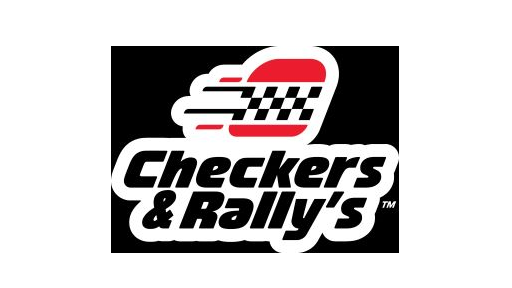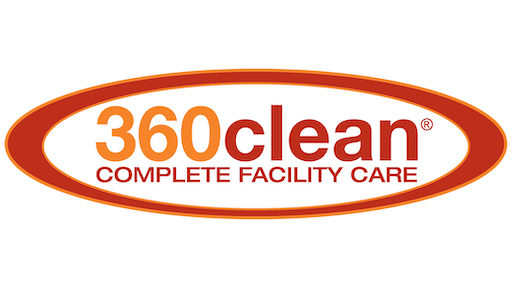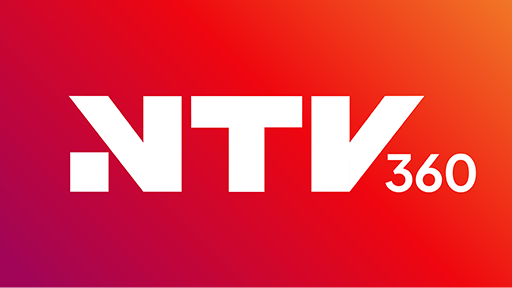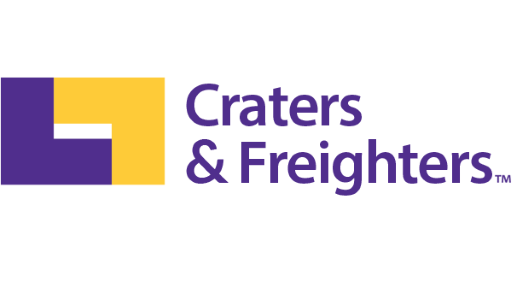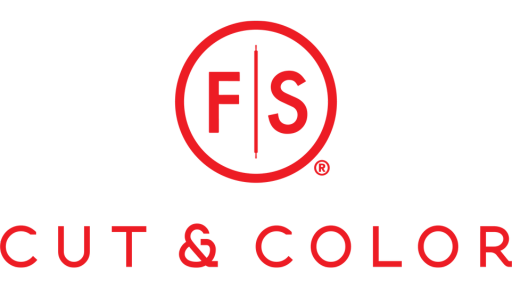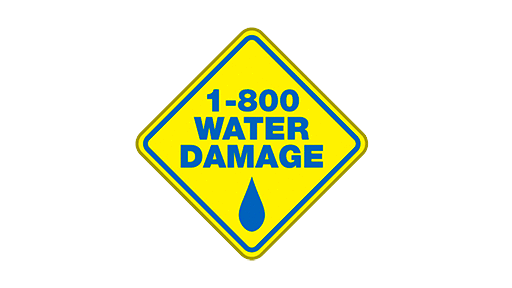Piggly Wiggly Franchise
Piggly Wiggly became the first grocery store with customer self-service in 1916, and today it has developed into a brand attractive to many franchise owners.
$1,179,960
$0
93
1982
Keene,NH
-
About Piggly Wiggly
More than 530 grocery stores in 17 states operate under the Piggly Wiggly banner. Many of the stores are in the Southeast, but Piggly Wiggly’s reach extends as far as Wisconsin. Each store is independently owned and operated, and most franchisees own only one or two stores.
Piggly Wiggly stores sell food merchandise such as beef products, baking products, seafood, condiments, vegetables and beer, and range in size from 10,400 square feet to 60,000 square feet. Most stores sell lottery tickets, and some offer ATMs, in-house banking services and video rentals. By and large, Piggly Wiggly’s main competitors tend to be other locally owned grocery stores, but in some areas, competitors do include larger establishments such as Costco and Walmart.
Franchise Unit Trends
93
-
-
* in 2023
Franchise Fees
$0
0.063% - 0.375%
Gross Sales
0.0%
Why Choose Piggly Wiggly?
Owning a Piggly Wiggly store can be an intriguing choice for potential franchisees who love history and the name. In certain areas of the country such as in the South, a new grocery store named “Piggly Wiggly” has the potential to generate instant buzz and name recognition in a community. Furthermore, the Piggly Wiggly corporation has a massive infrastructure in place which determines sponsorships, products on sale and so on. The retail program provides financial resources and administrative support services that may otherwise have proved too prohibitive for independent grocers.
Starting Costs & Investment Requirements
$1,239,960 - $4,408,600
-
$1,179,960
Training & Support
No formal training program exists today; however, corporate provides extensive support for franchisees.
History
Piggly Wiggly’s history is steeped in firsts. For example, self-service is the norm in grocery stores today, but it was nonexistent in 1916 when Piggly Wiggly founder Clarence Saunders opened his Memphis grocery store. Customers in the new store were able to walk around the Piggly Wiggly and gather items for purchase in their wood baskets rather than having to ask clerks to assemble their orders. Not long after that, Piggly Wiggly became the first grocery store to franchise other stores under the self-service method. This approach kept retail costs down, also helping customers save money. Other firsts for Piggly Wiggly include refrigerated cases, prices marked for every item in the store and the use of patented equipment and fixtures.
Saunders certainly made a name for himself with Piggly Wiggly, but he lost control of the company in the early 1920s after issuing public stock. He had no further dealings with Piggly Wiggly but kept working in the grocery store sphere. His dream had been to operate a fully automated grocery store, and he died in 1953 still trying to realize it.
The name “Piggly Wiggly” is curious. Some might even call it cute, but the reasoning behind the name remains a mystery. Saunders never explained where he got the idea, but there are theories. One goes that he once saw pigs struggling to get under a fence and thought of the rhyme, “piggly wiggly.”
Ideal Candidate
Ideal candidates of a Piggly Wiggly franchise should have more than $1 million to get started. The upper end of the total investment range is $4,408,600, which may be necessary if a store is being constructed from scratch rather than an existing store being sold or converted. The bulk of the money goes toward equipment, improvements and opening inventory. There is no formal training program, and although corporate does provide extensive support, the ideal candidates have grocery store backgrounds. They want to offer their community a grocery store that gives off independent vibes while giving owners the opportunity to take advantage of the strong Piggly Wiggly infrastructure.
No initial franchise fee exists, but franchisees pay continuing license fees based on gross sales. They also pay various service fees and pre-construction fees. Potential franchisees must pay for their own market analysis and develop their own business plans with capital budgets, financial statements and projections.
This web page is not endorsed by or affiliated with any franchisor. Product and company names are trademarks of their owners and are used for referential purposes only.



